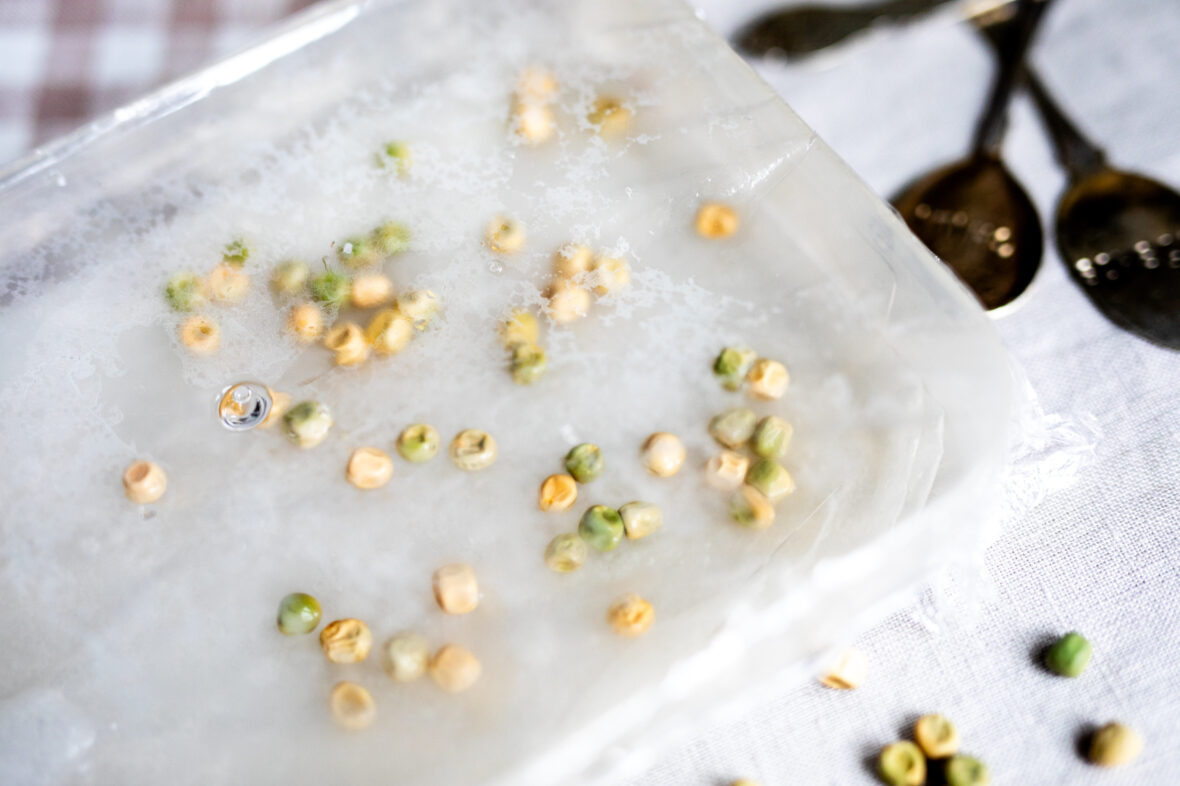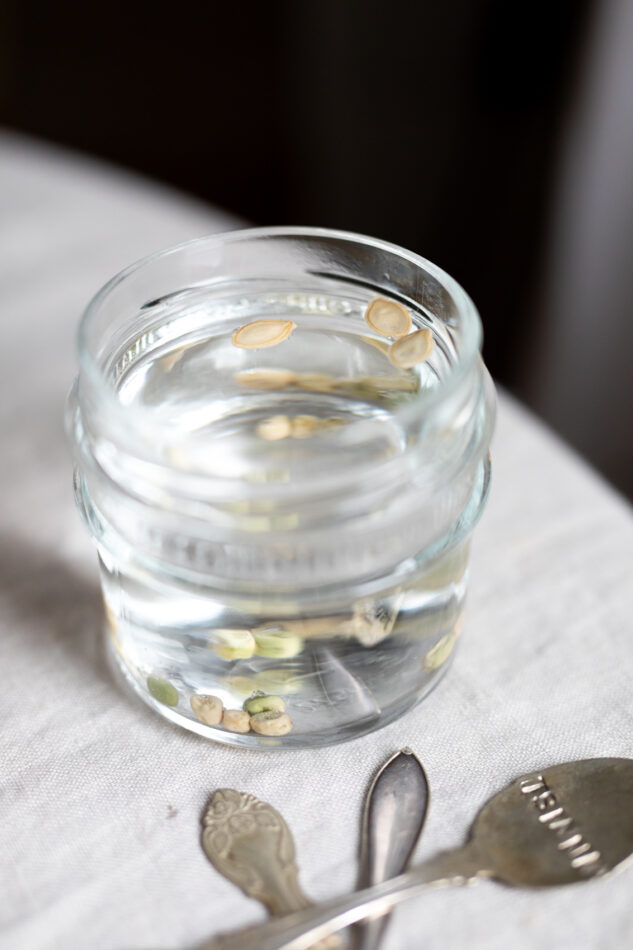
The germination of the seeds should be ensured before sowing, at least if you use old seeds. Pre-germination also speeds up the growth of the seedling.
If you’ve ever planted seeds, you know that not all seeds always grow. Gaps are easily left in the rows of the vegetable soil when some of the seeds do not germinate.
The germination of the seeds can be determined before the actual sowing. Germination can be determined, for example, by pre-germinating the seeds in water.
By pre-germinating the seeds, you can find out which seeds will germinate and which ones will not. You save trouble when you can sow only the germinated seeds in the soil.
“Pre-sprouting also slightly speeds up the growth of the plant”, CEO of the Garden Association Timo Taulavuori says.


With the help of pre-germination of the seeds, you make sure that every seed planted in the soil starts to grow. Another option is to sow more seeds in the seedling pots than you need, so it doesn’t hurt if some of the seeds don’t start growing. © Anni Reenpää
Watch the video on how to ensure seed germination:
Read also: Seedlings can be grown with these instructions: Home gardener, it’s time to sow the seeds!
This is how you ensure the germination of the seeds
Pre-sprouting on paper towels is a practical trick
Pre-sprouting is easiest to do on a damp paper towel. Germinating seeds form cotyledons after a few days of germination. The germinated seeds can be transferred to moist soil, and the remaining seeds can be thrown into bio waste.
Supplies:
- flat rectangular dish
- water
- two sheets of paper towels
- seeds
- plastic wrap
- barbecue stick or toothpick
- (tweezers if pre-germinating small seeds)
Do like this:
- Put a double-folded paper towel in a flat container. Pour about 1 cm of room temperature water on top.
- Sprinkle the seeds on a paper towel and make sure the seed is in contact with the water.
- Cover the dish with plastic wrap and poke a few holes in it with a grill stick or toothpick. Without the plastic wrap, the kitchen paper dries quickly.
- Leave the seeds in the container for a minimum of three and a maximum of five days. Every day, make sure the seeds are in water and add water to the container if necessary.
- When 3–5 days have passed, some of the seeds have formed a small piece of root, or cotyledon, and possibly the first cotyledon. Now the germinated seeds can be transferred to a seedling pot in soil for pre-cultivation or direct sowing in open ground. Transfer the seed into the soil carefully so that the cotyledon and leaf are not damaged. If necessary, use tweezers to transfer the seed. Check the sowing depth on the seed bag. Take care of sufficient moisture for sowing. Ungerminated seeds can be thrown into the organic waste.
Also try the water glass trick
The germination of the seeds can also be checked by placing the seeds in a glass of water overnight. It is said that in the morning the seeds sunk to the bottom of the glass germinate and the seeds left floating on the surface of the water do not germinate.
“This is based on the fact that empty seeds do not have enough substances for germination. Immature seeds remain floating on the surface,” says Taulavuori.
However, this gimmick does not work for all seeds. The germination test does not necessarily lead to reliable results.
“The light seeds seem to all float on the surface of the water. For example, marigold, dill and carrot seeds are really light. This germination test is more suitable for round seeds such as bean, pea and poppy seeds.”


Your home cook tried putting zucchini and pea seeds in a glass of water overnight. The peas sank to the bottom of the glass and the zucchini seeds floated on the surface of the water. © Anni Reenpää
Why is it worth ensuring seed germination?
Pre-germinating the seeds is worth it if you are unsure about the germination of the seeds. If you buy the seeds from the store, you can check the seed bag to see how much of the seed is likely to start growing.
The germination percentage stated on the seed bag is usually 60–99 percent. If the number is less than 90 percent, at least one seed out of ten is unlikely to germinate.
“Sprouting is also uncertain if you collect the seeds yourself or if you use seeds whose best-before date has already passed,” Taulavuori says.
Pre-sprouting is also good if you want to get a certain amount of seedlings.
“If you want, for example, a hundred leeks in the open field, you should only sow seeds that are sure to germinate.”
Read also Anna.fi: Tomato needs heat and light! With these tips, you are guaranteed to succeed in growing tomatoes
For which species is pregermination suitable?
The pre-germination of the seeds should be done for large seeds that are easy to transplant after germination. The roots of the seed are clearly distinguishable with the naked eye from large seeds, such as sunflower and zucchini seeds.
“The pre-germination of seeds is particularly suitable for peas and beans, because their large seeds like heat and moisture. In water, the seeds start to swell and grow quickly,” says Taulavuori.
Pre-germination is not suitable for species that need cold treatment. Such species are, for example, the peony and many perennials and Finnish woody plants. Species that require cold treatment are sown in open ground or in pots already in autumn, and they are allowed to overwinter in the cold.
Source: kotiliesi.fi


